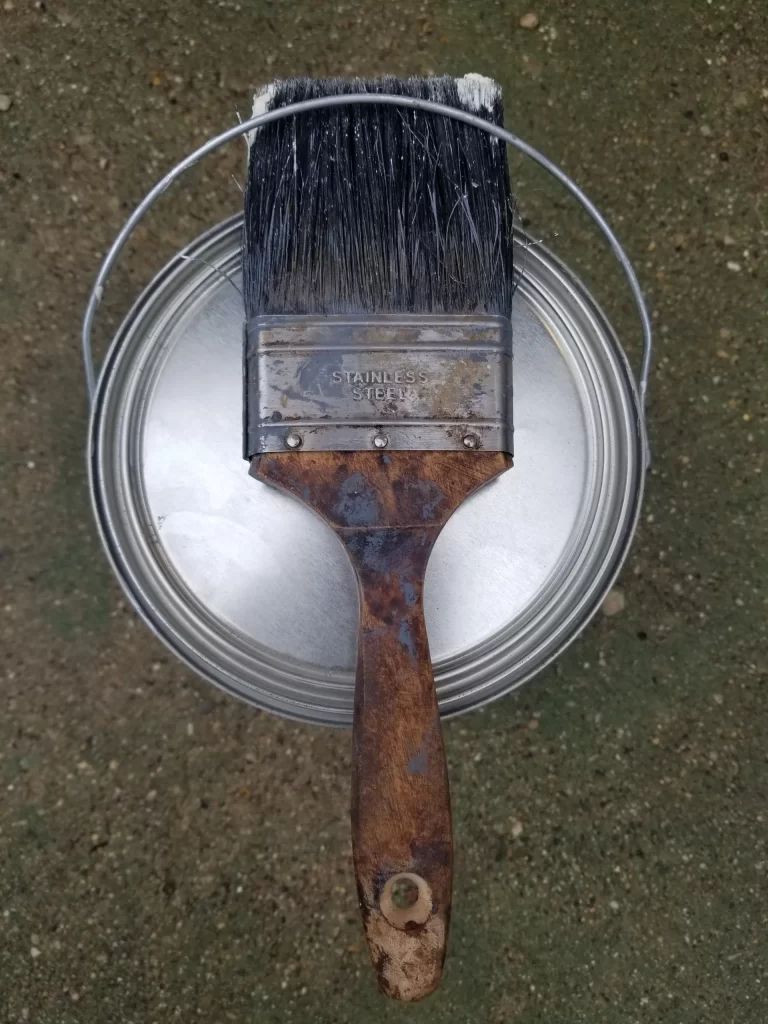Your bathroom is one of the most humid rooms at home and it’s one of the most prone to water leaks as well. This means that there’s a high risk of peeling paint, which leads to mildew and bacteria buildup. Not to mention peeling paint makes your bathroom look in bad shape, which is not something you want.
That’s why today I want to provide a few tips to help you avoid mildew and peeling paint in your bathroom and a few solutions in case it’s already happening!
How to Prevent Mildew and Peeling Paint in Your Bathroom
The very first thing you need to do to prevent peeling paint and everything else that comes along is have a family meeting. In this family meeting, it’s important to discuss water usage and to promote the idea of taking shorter showers. This won’t only help you be a bit greener at home, it will also save you money in the long run and it will preserve your bathroom for longer.
Another important thing you can do to prevent peeling pain is to install an exhaust fan if you don’t already have one. If you do have one, then make sure you maintain it by keeping it clean and operational. Remember the fan blades and the motor gather dust and grime, so make sure you clean it with warm soapy water on a monthly basis. Also, make sure the fan is large enough for your bathroom. Proper ventilation is important.
Your exhaust fan shouldn’t only be the proper size, it should also be properly ducted to your house’s exterior. If it’s ducted to the attic, for example, this will only create excess moisture and it will lead to rot. Also, it’s a good idea to have both your light and your fan operating on the same light switch so that it works every time you turn on the light.
Finally, you should also have a timer installed in your bathroom. If everyone tends to take half hour showers, make sure you teach everyone at home to use the one-hour mode on the timer. This will allow the fan to fight moisture for the duration of the shower and an additional half an hour after that.
What to Do if You Already Have Peeling Paint
The first thing you need to do is to remove all the chipped paint with a paint scraper or a putty knife. Remove them all, and make sure you protect your eyes and wear a mask so you don’t inhale the dust and paint. Once you get rid of all the chipped paint, you’ll have to even out the surface by patching it out. Apply thin layers and let it dry well.
Once the patched areas are dry, sand them with sandpaper so you can have a smooth surface. Next, you’ll want to prime the bathroom walls with an oil-based primer so you can prevent water marks and peeling paint in the future. Let it dry well. Now it’s simply time to repaint your bathroom walls and ceiling!
Call Classic Handyman at 847-651-5847 for more tips and help on completing this project


